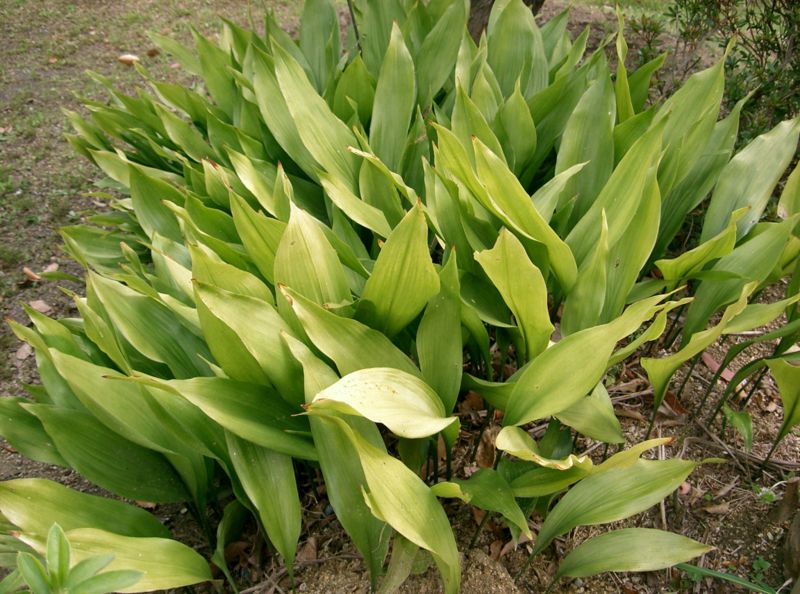AspidistraAspidistra species inhabit the floors of east Asian forests from eastern India, Indo-China, China and Japan. Aspidistra is one of those genera that has been ignored by field botanists until quite recently, and there has been a very rapid rise in the number of recognised species in recent years. Most books state that there are 8 to 10 species, which represents our knowledge up to the late 1970s. Then in the 1980s 30 new species were described from China. Based on current knowledge, China has the most species with some 59, of which 54 are endemic. The biodiversity 'hotspot' of the genus seems to be Guangxi Province, from where no less than 39 species have been described. New species are still being found, and the focus has shifted to Vietnam, from where 16 new species have recently been described with three more awaiting formal description. Currently 85 Aspidistra species have been formally described, and it has been speculated that there may be more than 100. It has long been erroneously assumed that slugs and snails pollinate Aspidistra flowers. Research in Japan has shown that tiny terrestrial crustaceans called amphipods are responsible for pollinating Aspidistra elatior. Australian amphipods have also been shown to pollinate introduced Aspidistra sp. and collembolans may also be implicated. Fungus gnats have also been suggested as possible pollinators.
From Wikipedia, the free encyclopedia
|
|
